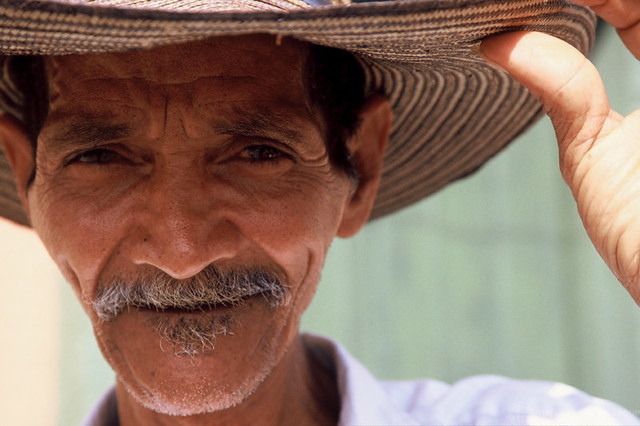Over the last two decades, the Dominican Republic has been one of the fastest-growing economies in the region. This was due to a combination of market-oriented structural reforms in the early 1990s and favorable external conditions that supported economic growth. In addition, prudent monetary and fiscal policy contributed to macroeconomic stability.
However, the drivers of this exceptional growth are reaching their limit due to low productivity growth in recent years, insufficient human capital to meet the needs of the business sector, the occurrence of climate change-related disasters, and distortions in key markets, including the inefficient allocation of tax exemptions.
The economy grew by 2.5 percent in 2003, and growth of 5.1 percent is expected for 2024, driven by the delayed effects of monetary policy easing and an increase in public investment. The upper-middle-income poverty rate (US$6.85 PPP per day in 2017 currency) is estimated at 19 percent, down from 20 percent observed in 2019, before the pandemic.
Despite growth, several sectors have failed to generate quality jobs, and the high inflation rates observed in 2022 and 2023 (8.8 and 4.8 percent, respectively) affected the livelihoods of the population, mainly the most vulnerable. Consequently, it is necessary to improve access to quality basic goods and services—in education, health, water, and electricity—that help expand economic opportunities, increase economic mobility, and protect vulnerable sectors.
The Government has shown a strong commitment to addressing the long-standing challenges posed by the electricity sector through a comprehensive package of reforms, but challenges remain such as increasing transparency, accountability, and efficiency in the sector; continuing with the diversification of the energy matrix, including less polluting energy sources; and increasing access to reliable and affordable energy. Improving the environment to support the competitive development of private sector-led renewable energy investments will also be key.
More than 40 percent of Dominicans live in vulnerable conditions and are at risk of falling into poverty due to climate-related impacts and economic crises. Likewise, gender gaps in jobs and wages, shorter working lives, and higher unemployment and unpaid roles contribute to a higher incidence of poverty among women.
Climate change has intensified exposure to natural disasters, which could increase contingent fiscal liabilities, given the country's low degree of financial protection against these risks. The occurrence of adverse events increasingly highlights the critical need for accelerated action to strengthen the country's resilience and adaptation in an inclusive manner.
Looking ahead and to achieve inclusive growth, the Dominican Republic will require a greater increase in productivity, through the implementation of reforms to strengthen fiscal reserves, human capital, competitiveness, innovation, green technology, public spending efficiency, and resilience to climate events. These changes should go hand in hand with improvements in labor market regulations and social protection systems.
Last Updated: Apr 17, 2024


